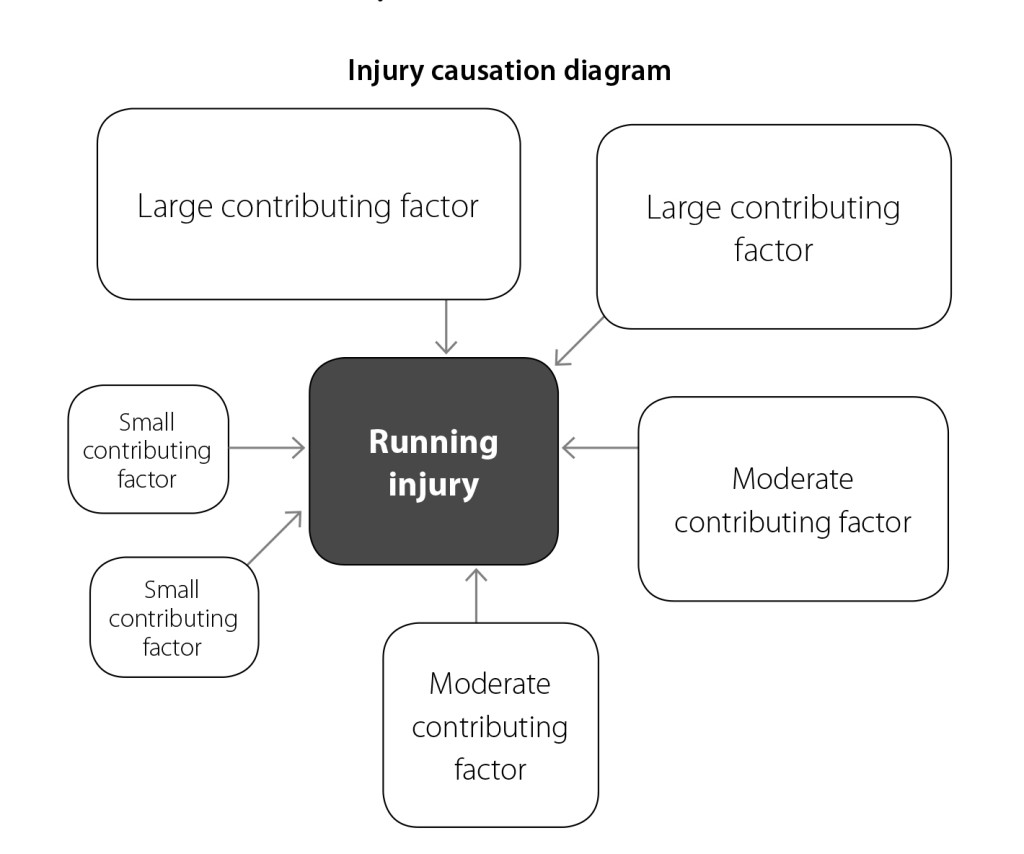How to tape the foot for plantar fasciitis (video)
How to tape the foot for plantar fasciitis (video)
De-loading the Plantar Fascia
One of the best strategies for initially ‘settling down’ the irritability and associated pain and physical limitation produced by active plantar fasciitis is to ‘de-load’ the symptomatic area. What is de-loading? As the term suggests to de-load means to take excessive ‘load’ off the irritated area, the theory being to help create: (1) pain-relief, and (2) a more conducive local tissue environment to heal.
There are several ways that plantar fascia pain can be decreased through tissue de-loading. In no particular order these include:
- orthotics (custom or ‘off the shelf’). To read more about orthotics click HERE>> (for Truth About Pronation and Orthotics)
- gel cups for the heel
- taping of the foot. There are several common different taping methods used, my favourite being ‘low-dye taping’ as demonstrated in the video below. It is my favourite way to tape as it is the easiest tape for a runner to apply to their own foot, and typically easier to remove than other taping techniques used for plantar fasciitis.
Taping for Plantar Fasciitis
In this video I demonstrate my favourite way to tape the foot to help relive the pain associated with plantar fasciitis, and to de-load the plantar fascia.
See video below for a demonstration of the low-dye foot taping technique.
Pathology of plantar faciitis
Similar to the tendon changes that affect the achilles tendon the plantar fascia itself does not tend to get inflamed as the Latin suffix ‘it is’ denotes. Rather the fascia undergoes a gradual decline in its strength and tissue quality. The sufferer will experiences a proportionate and gradual increase in the pain on the sole of their foot.
- Chief Causes: tight muscle surrounding the foot (calves, tibilais anterior), restricted fascia around the heel, weakness of the hip muscles, training loads suddenly increased, inappropriate footwear, flat feet or dropped arches, excess body weight, poor running technique.
- Signs to look for: pain on the sole of the foot close to the heel bone that is made worse with running, pain with getting out of bed in the morning, or ‘start up’ pain after prolonged periods of sitting as the first steps are taken.
Rehabilitation of Plantar Fasciitis
While de-load taping is useful for initial pain relief and a reduction in symptoms, it is important to note that complete rehabilitation will only occur when all potential causative factors are addressed (as in the below diagram).

Source: Page 63 You CAN Run Pain Free!
Plantar Fasciitis Factors
The most common contributory plantar fasciitis factors are:
- frame weight (body weight): even a +5kg change in our body weight can significantly create extra and adverse loading on the plantar fascia.
- training load (sudden spikes in load) and errors. To read more about training mistakes click HERE>>
- Inappropriate shoes and footwear. Click HERE>> to learn more about how to select appropriate shoes.
- Running technique
It’s important to work closely with your health professional to get on top of plantar fasciitis. It can be a journey for both patient and therapist, one in which communication is key!
If you have any questions please feel free to leave a comment below.
Brad Beer (APAM)
Physiotherapist, Author ‘You CAN Run Pain Free!‘, Founder POGO Physio, running.physio










It is an small injury but if not taken cared the consequences can be grave. So it is an we explained post and useful too. Thanks for sharing.
Thanks Aman,
Yes plantar fasciitis can be debilitating.
Stay well.
Brad Beer